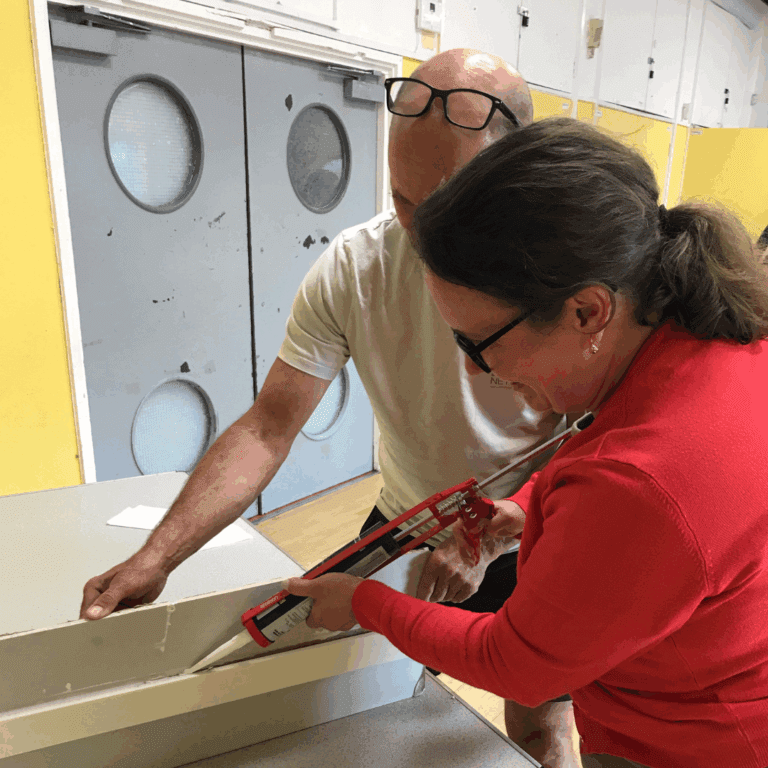The role of carbon in community climate action
In this blog post, Harriet Sansom, Community Action on Energy Lead for the Centre for Sustainable Energy (CSE), reflects on its role in the Community Climate & Nature Action Project over the past five years. This is ahead of the start of the next phase of the project.
After five exciting years, the Community Climate & Nature Action Project is transitioning to a new phase beyond Bristol. Before we move on to the next phase in the West of England area, I’m going to take a moment to reflect on what we’ve done and learnt.
The Centre for Sustainable Energy’s role was to provide carbon footprints for the 18 communities in Bristol that were taking part the project and to monitor the carbon savings of four of the communities’ demonstrator projects.
I’m going to be honest and say that there were times over the past five years when I questioned the value of looking at carbon. It felt somewhat technical and dry. This was especially true when we heard about the other amazing things the project’s inspiring community organisations were doing: working tirelessly to improve the quality of life of their neighbourhood and improving people’s access to opportunity.
But our carbon lens has brought many positive impacts, some of these unforeseen.
The carbon footprints – in which we estimated the carbon dioxide emissions each community accounted for – provided evidence to support the community organisations in their engagement activities. They kick-started productive, informative and interesting conversations within the community. They also showed residents what they could do to mitigate emissions: what was within their direct control and what wasn’t.
Ironically, the carbon footprints provided evidence to support community climate action’s shift in focus from carbon reduction to centring quality-of-life improvements. They revealed that the participating communities had lower-than-average carbon footprints while at the same time being under-represented in climate programmes and policy making. This helped focus city-wide conversations around the importance of ensuring a fair distribution of costs and benefits in the Bristol’s net-zero transition.
Monitoring the carbon savings from community projects
Anyway, back to our carbon monitoring. Through monitoring the carbon savings of the community demonstrator projects, we were able to show both the need for, and the potential of, initiatives that address community priorities on health, employment and wellbeing, and reduce carbon emissions. These are sometimes thought of as mutually exclusive, but they often go hand in hand.
These projects responded directly to what change residents had said they would like to see. They ranged from re-wilding community green spaces and increasing residents’ energy literacy, to setting up a community composting social enterprise. Together they had an annual carbon saving of 193 tonnes.
This data tells a powerful story when engaging with policy makers and funders. And it provided a basis from which the community organisations have since been able to attract additional funding.
Looking forward
But how far are the various projects being undertaken by the communities increasing their resilience to the impacts of climate change?
It’s an important question. Just within the project’s five-year lifetime, the impacts of climate change have been felt increasingly strongly. This summer was the UK’s hottest on record; flooding has increased in frequency and intensity; and the Committee on Climate Change is warning that the UK is not adequately prepared for what’s coming.
In the next phase of the project we’ll be working with communities to understand better their climate risk and how to grow their climate resilience through community action.
CSE is a Bristol-based national charity (298740), working on the twin challenges of tackling the climate emergency and ending the misery caused by cold homes. Harriet leads CSE’s Community Action on Energy work programme.
Read more about the Community Climate & Nature Action Project
Share to
